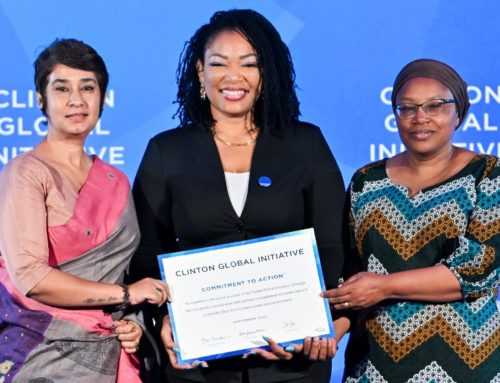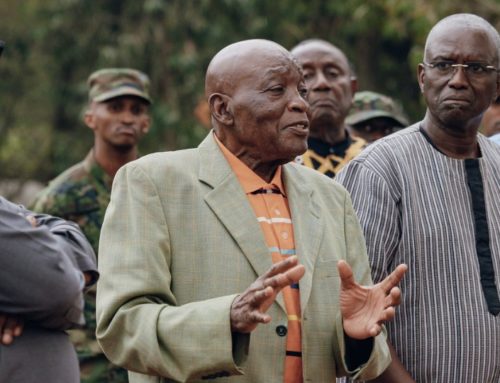In Bugesera, Rwanda, something extraordinary is taking shape. On the shores of Lake Rumira, the Aegis Trust is building the Isōko Centre for Humanity — a global hub where memory, education, and healing come together to prevent atrocities and build peace. And now, world-renowned architect Sir David Adjaye has joined the journey, bringing his unique vision to shape the Centre’s design.
“Architecture has the power to carry memory, embody values, and project hope,” Adjaye says. “The Isōko Centre is conceived as a vessel for reconciliation and the dignity of human life. It will stand as an enduring testament to forgiveness, and a source of inspiration for generations.”
Isōko — which means “source” or “fountain” in Kinyarwanda — takes its name seriously. It will be a place where lessons from Rwanda’s past inspire action for the future. Aegis, born from the UK’s National Holocaust Centre in 2000, has spent more than two decades building peace in practice. From establishing the Kigali Genocide Memorial in collaboration with Rwanda’s authorities, to developing Peace and Values Education now embedded in Rwanda’s national schools curriculum — now reaching over 2.5 million students a year — its impact is tangible. Isōko is the next step, translating that experience into a living resource for the world.
Alice Wairimu Nderitu, former UN Under-Secretary-General and now Global President of Isōko, puts it simply: “Isōko is a wellspring — a place where lessons of the past guide the actions of tomorrow. From Rwanda, where peace education has become a cornerstone of reconciliation, we will take this model to the global stage.”
For Freddy Mutanguha, CEO of the Aegis Trust and a survivor of the 1994 Genocide against the Tutsi, the Centre is deeply personal. “Every path, every room of Isōko is designed to nurture peace,” he explains. “This will be a place where survivors, memory workers, and peacebuilders find renewal — and where the next generation of peacebuilders is trained and empowered.”
The vision is bold. Isōko will house a Museum of the Future, where visitors explore not only the history of genocide but also the resilience and choices that prevent violence. It will offer education and training spaces to share Rwanda’s peace and values model worldwide. It will provide healing and renewal spaces for peacebuilders who carry the weight of conflict. It will host a Situation Room where experts work together to de-escalate crises before they spiral into atrocity crimes (war crimes, crimes against humanity, and genocide). And, with residences and retreat facilities, it will welcome practitioners, policymakers, educators, and visitors from across the globe.
Adjaye’s design mirrors these ambitions. Ten chimneys rise like fingers of solidarity, while V-shaped roofs echo hands lifted in hope. Courtyards, prayer rooms and learning spaces invite connection. The building’s natural materials and sustainable systems root it in the Rwandan landscape while modelling climate-conscious peacebuilding.
Bugesera — once a place of death and despair — is becoming a source of hope for the world. The Isōko Centre for Humanity shows that peace is not an abstract dream, but a practice that can be built, sustained, and shared. With the partnership of Aegis Trust and Adjaye Associates, Isōko will shine as a beacon of reconciliation, prevention, and global solidarity.
From Rwanda to the world, Isōko invites us all to be part of a future where peace is possible.


